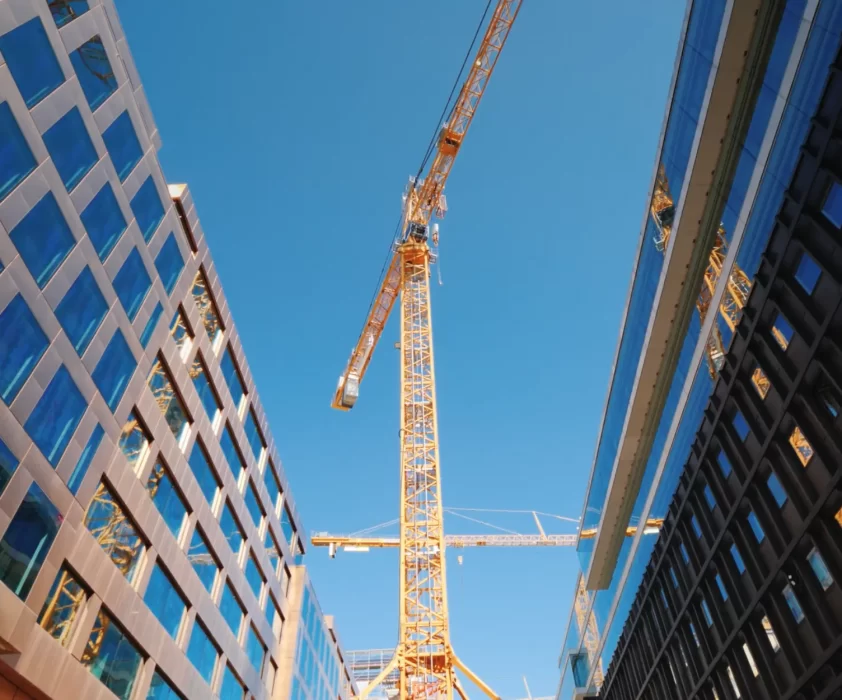
By Liam Stagg, Vice President of Construction & Development
Construction activity in 2022 started strong as contractors and design professionals reported more work than is typical for this—or any other—time of the year. While the increased demand is exciting, delays and shortages of materials are cause for concern.
To address this, some suppliers are only providing “pricing guidance” on bids, then charging the current pricing when materials are delivered. Contractors are responding to this cycle by pre-ordering and storing materials until projects call for them. Unfortunately, both strategies along with inflation and rising fuel prices, increase costs and lengthen project timelines.
A significant challenge facing the construction industry is maintaining pricing already under contract.
The roofing industry started a new bidding model by charging the current price at delivery, in lieu of the customary method of using current pricing for when the order is placed. Other suppliers have followed suit. However, since roofing materials now face more than an eight-month delay, it is nearly impossible to forecast costs accurately.
Because there are so many orders, suppliers can either pass along price increases or cancel the order and take another one. This leaves subcontractors in a bind. By the time they are alerted of price increases, it is too late to reorder materials without throwing projects off budget and schedule.
If subcontractors choose to file a lawsuit over nonconformance, suppliers simply cut them off from future orders, making it difficult to obtain needed supplies. This is especially problematic for materials and equipment with limited supplier and manufacturer options.
The construction industry is adjusting by pre-ordering some materials and equipment to keep projects on track.
Some owners are willing to risk potentially changing plans down the line instead of further delaying their projects. So, sometimes, orders are placed before completing construction documents. Others wait to start until critical materials are delivered, or delivery dates are confirmed—even though this can push start dates out by three to six months.
By pre-ordering materials and ordering them outside of a typical construction sequence, materials are delivered to the site as they become available. This allows long lead time materials to be in-hand when needed, in lieu of stopping construction to wait for arrival.
If materials need to be stored on-site for extended time periods, additional security may be necessary to ensure they are not damaged or stolen. Off-site storage is another option, often at the subcontractor’s facility or a specified storage facility. Depending on the amount of time the materials and equipment need to be stored, this can increase costs further.
A strategic, proactive approach is key to on-time, on-budget project delivery.
Though some materials, such as structural steel-related products, are slowly returning to normal timelines, being aware of these issues early—and planning for them—can prevent unexpected price increases and delays.
When planning construction projects this year, keep the following in mind:
- Project schedules should be longer than normal to account for material delays
- Strongly consider adding and/or increasing contingencies
- Draws will typically be higher than normal in the early stages of construction due to pre-ordering of materials
- Off-site material and equipment storage or additional security for items stored on-site before installation could increase costs
- Subcontractor price increases must be accompanied by detailed backup from the supplier/manufacturer to justify them
These are challenging issues, and if not addressed early in a project, can lead to significant price increases or schedule delays. From the earliest stages of planning and design to construction, we collaborate with our peers to protect our clients and owners from these issues. This way, project owners have the tools and resources necessary to meet their goals.
Your success is our business.
Liam Stagg is the Vice President of Construction & Development for the Central Texas market. He has over 20 years of construction project management experience, leading all development, interior finish-outs, capital repairs, exterior modifications, remodels, and estimates and bids for Stream’s San Antonio Market.
